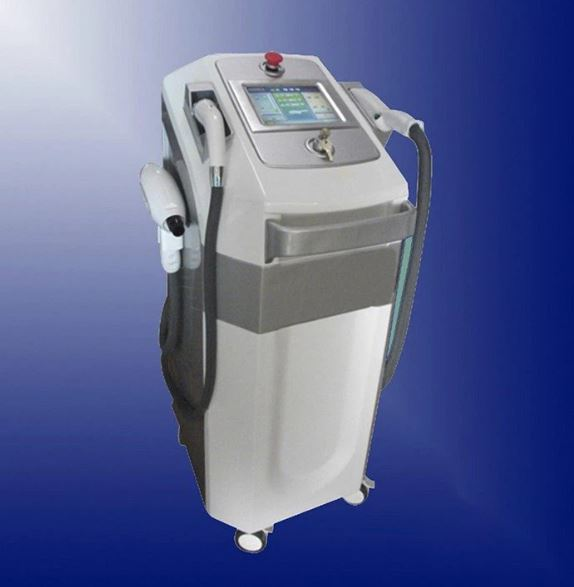Thermoformed plastic enclosures are crucial in various industries, providing housing and protection for electronic components, medical devices, and consumer products. As these enclosures are subjected to diverse environmental conditions and usage scenarios, ensuring their consistency and durability is paramount. Quality assurance (QA) in the thermoforming process is essential to meet industry standards, customer expectations, and regulatory requirements. This article explores the critical aspects of QA in custom thermoforming, focusing on methods to guarantee consistency and durability.
Material Selection and Testing
The foundation of a quality thermoformed plastic enclosure lies in carefully selecting materials. Thermoformers must choose materials that align with the application’s specific requirements, considering factors such as impact resistance, UV stability, and chemical resistance. Rigorous material testing ensures compliance with industry standards and validates the material’s performance under various conditions.
Quality Control in the Thermoforming Process
The thermoforming process involves heating a plastic sheet, forming it over a mold, and cooling it to create the desired shape. Strict quality control measures must be implemented throughout the thermoforming process to ensure consistency in the final product.
· Temperature Control: Maintaining precise temperature control during the heating phase is critical. Temperature variations can lead to uneven material distribution and affect the final product’s strength and appearance.
· Mold Inspection: Regular inspection of molds is crucial to identify any wear and tear. Damaged molds can result in defects in the formed plastic, compromising consistency and durability.
· Cooling Rate: Proper cooling is essential to effectively set the plastic’s shape. Monitoring and controlling the cooling rate prevent issues such as warping or stress marks, ensuring the enclosure’s structural integrity.
· Thickness Uniformity: Thermoformed plastic enclosures must have consistent wall thickness to ensure adequate strength. Inline measurement and control systems monitor and adjust material thickness during the process.
Testing and Inspection Protocols
Once the thermoforming process is complete, comprehensive testing and inspection protocols are implemented to validate the quality of the plastic enclosures.
· Dimensional Accuracy: Precise measurements are taken to ensure the enclosure conforms to design specifications. Any deviations could impact the assembly of electronic components or other parts housed within.
· Visual Inspection: A thorough visual inspection is conducted to identify surface imperfections, such as scratches, blemishes, or discolorations, which can affect the product’s aesthetics and durability.
· Mechanical Testing: Mechanical properties, including impact resistance and tensile strength, are evaluated through standardized testing methods. This ensures the enclosure can withstand the stresses encountered during everyday use.
· Environmental Testing: Thermoformed plastic enclosures may be exposed to various environmental conditions. Testing for UV stability, chemical resistance, and temperature extremes ensures the product’s longevity and performance in real-world scenarios.
Documentation and Traceability
Quality assurance in thermoforming extends beyond the production floor. Proper documentation and traceability systems are implemented to track raw materials, production parameters, and testing results. This documentation is essential for quality audits, continuous improvement initiatives, and regulatory compliance.
Customer Feedback and Continuous Improvement
Customer feedback is a valuable resource for enhancing the quality of thermoformed plastic enclosures. Regular communication with customers helps thermoformers understand real-world performance and promptly address issues. This feedback loop and a commitment to continuous improvement ensure that QA processes evolve to meet changing industry standards and customer expectations.
Adherence to Industry Standards:
Vacuum forming service facilities must stay abreast of industry standards and regulatory requirements specific to the intended applications of their plastic enclosures. Adhering to standards such as ISO 9001 or industry-specific certifications ensures that the manufacturing process meets globally recognized benchmarks for quality management.
Material Traceability and Certification:
Establishing a robust material traceability system is crucial. Each batch of plastic material should be traceable to its source, and certifications for compliance with industry standards should be readily available. This traceability ensures accountability throughout the supply chain and aids in identifying and addressing any material-related issues.
Tooling Maintenance Programs:
Regular maintenance of thermoforming tools and molds is essential for consistent product quality. Implementing preventive maintenance programs helps identify potential issues early on, reducing the risk of defects and downtime. Well-maintained tools contribute to the thermoforming equipment’s longevity and the formed plastic’s precision.
Employee Training and Skill Development:
The success of a quality assurance program relies heavily on the skills and expertise of the workforce. Thermoforming facilities should invest in comprehensive training programs for employees involved in production. Well-trained operators are better equipped to identify and address issues during production, contributing to higher overall product quality.
Conclusion
Quality assurance in thermoformed plastic enclosures is a multifaceted process that begins with material selection and extends through every production stage. Rigorous testing, meticulous inspection, and a commitment to continuous improvement are essential to a robust QA program. By ensuring consistency and durability, thermoforming companies can deliver high-quality plastic enclosures that meet the demands of diverse industries and applications, fostering trust among customers and stakeholders.










